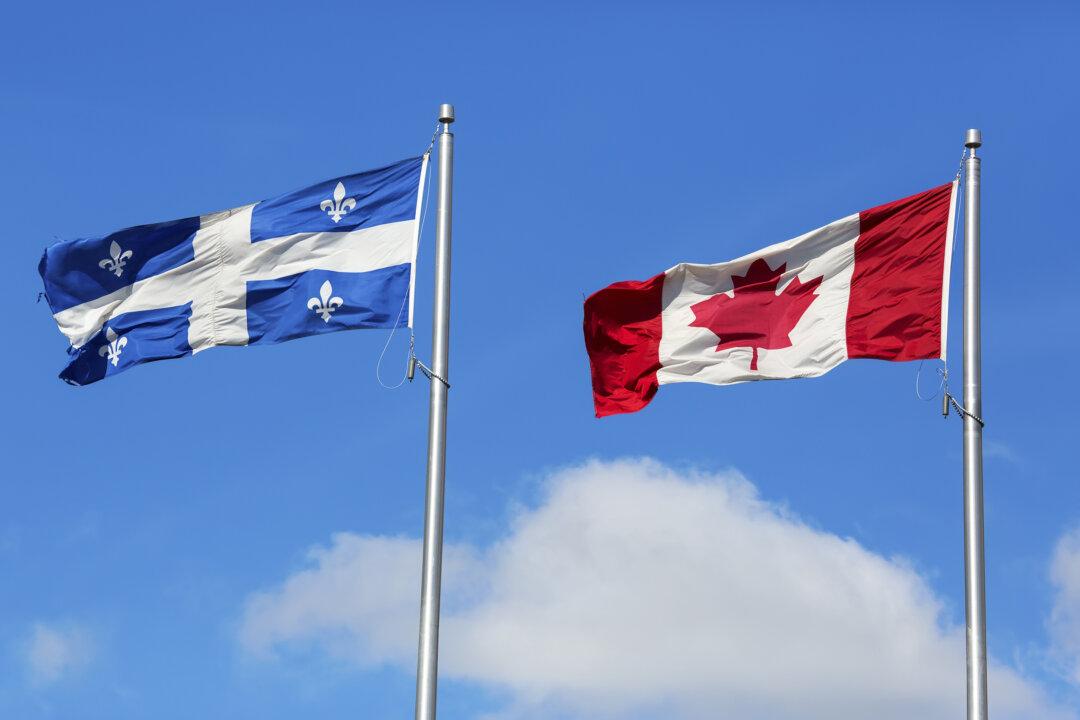Commentary
Quebec separatism might not be on full throttle these days, but there’s definitely a “different-from-the-rest-of-Canada” spirit to how federal candidates are promoting themselves in La Belle Province via their campaign signs.

Quebec separatism might not be on full throttle these days, but there’s definitely a “different-from-the-rest-of-Canada” spirit to how federal candidates are promoting themselves in La Belle Province via their campaign signs.